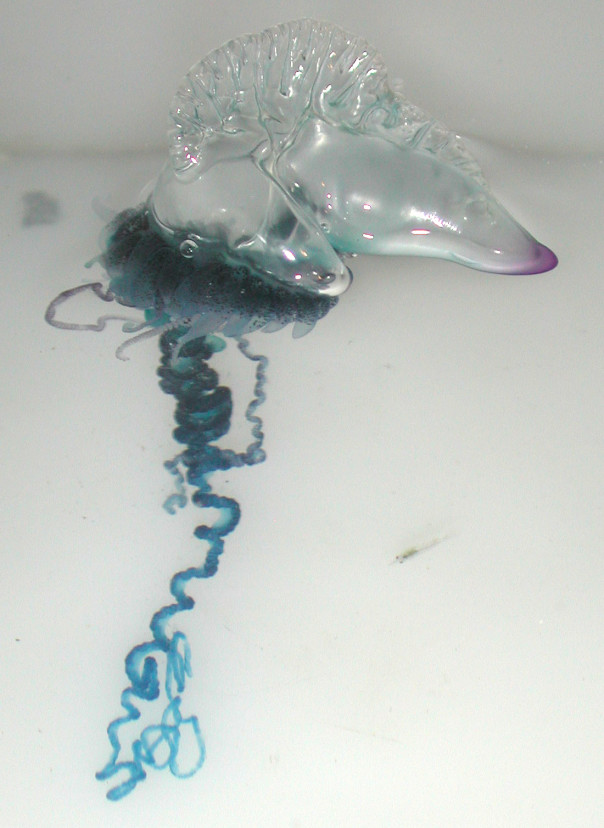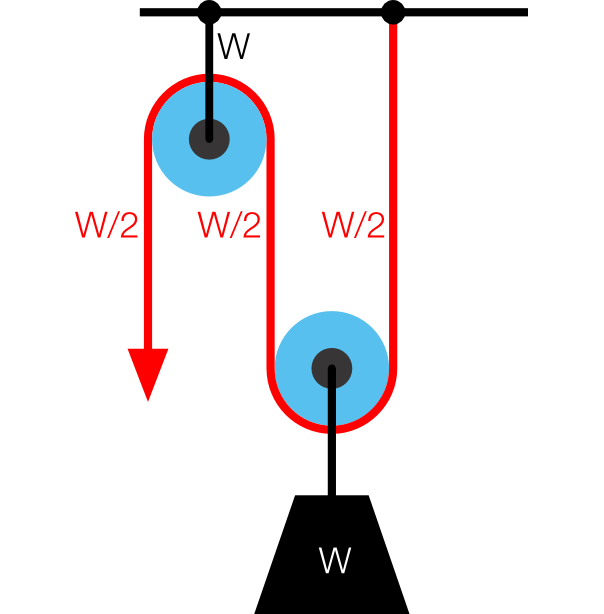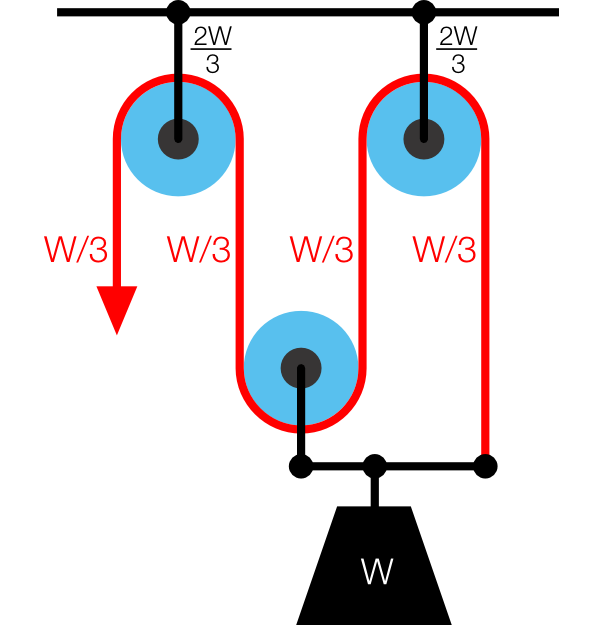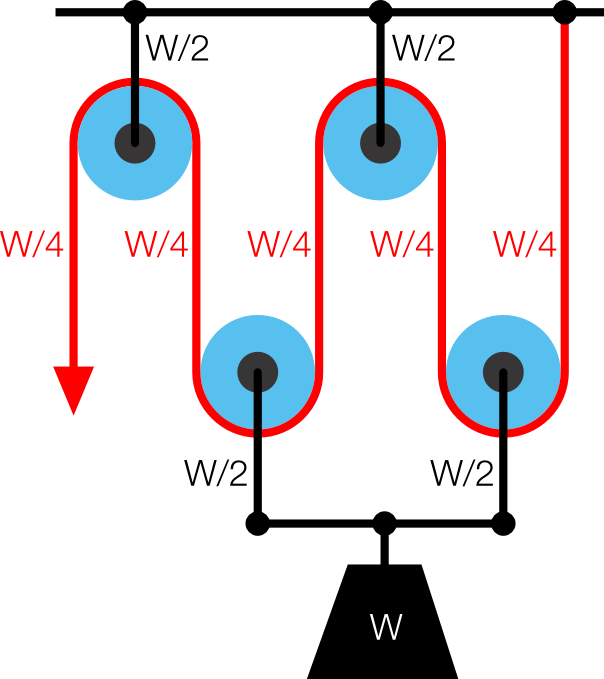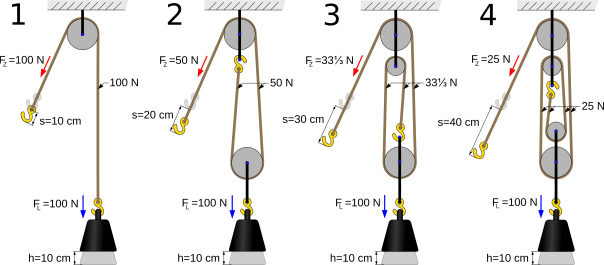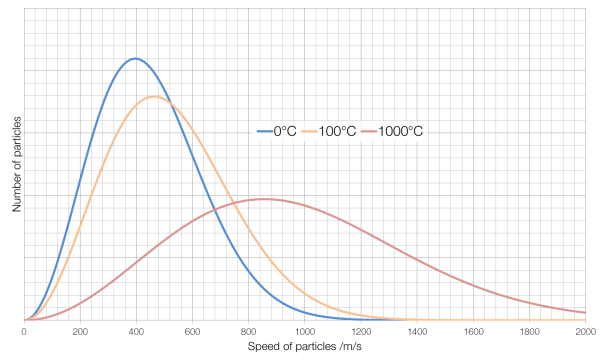Desalination is the removal of salt(s) from seawater to create fresh water for drinking and irrigation. This is obviously very important on ships and submarines, but is also important on a national level: Israel produces fifty percent of its water via desalination, and the world’s largest desalination plant, the Jebel Ali Desalination Plant in the United Arab Emirates, produces 636 million litres of drinkable water per day.

The Jebel Ali MSF desalination plant
There are two primary methods of desalination: distillation and reverse osmosis.
Distillation is the simplest method of desalination: seawater is boiled, and the water boils away as steam and is then collected and condensed back into liquid water, leaving the salt behind. The most common distillation method is Multi-Stage Flash (MSF) Distillation, which operates by feeding seawater through a series of chambers, each at a lower pressure than the first. The low pressure reduces the water’s boiling point (thereby saving energy) and as water reaches each stage it immediately boils (“flashes”) into steam. This steam is collected by condensers and the heat given off in this process (i.e. the latent heat of vaporisation) is used to pre-heat the seawater entering the chambers. MSF distillation uses around 50-90 megajoules of energy total per cubic metre of water produced.
Other distillation methods of desalination include mechanical vapour-compression, in which steam is mechanically compressed into liquid water, thereby generating heat that can be used to generate more steam; and multi-effect distillation (MED) in which steam produced in in one stage (known as an “effect”) is used to boil water into steam for the next effect, reusing energy that would otherwise be wasted. In MED, like MSF, each effect has a lower temperature and pressure than the previous one, so the inevitable decrease in temperature due to lost energy does not affect the boiling of water into steam.
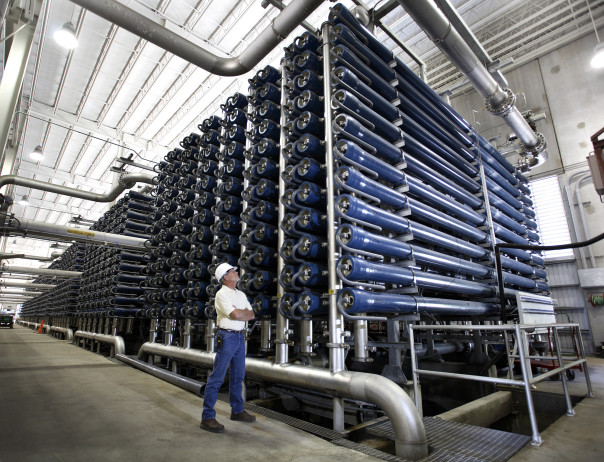
The interior of a large reverse osmosis desalination plant.
Reverse osmosis is the most commonly used method of desalination. In normal osmosis, water moves from an area of low solute (low-salt) concentration to an area of high solute (high-salt) concentration through a semi-permeable membrane along a concentration gradient, thus equalising the concentration on either side of the membrane. (The membrane is constructed so that it allows water to pass through it, but not the solute.) In reverse osmosis high pressures (in the region of five megapascals) are used to overcome the osmotic pressure, forcing water to go from a high-salt concentration to a low-salt one. This is different from filtration, because filtration operates by size-exclusion (a difference in size), whereas reverse osmosis relies on a difference in concentration. Reverse osmosis desalination uses around 11-20 megajoules of energy per cubic metre of water.
Reverse osmosis is only one of a number of membrane desalination processes. Other membrane processes include electrodialysis reversal, which uses an electric current to push salt ions through ion exchange membranes*; and nanofiltration, which uses nanometre-sized (0.1?nm-1.0?nm) filters to remove salts.
* If electrical current is used to move salt ions, then the movement of salt ions can create an electrical current. This is the basis of reversed electrodialysis, a method of electricity generation using the difference in salt concentration between saltwater and fresh water patented in 1977 by Sidney Loeb at Ben Gurion university in Israel. Loeb was also the inventor of a semi-permeable membrane that made reverse osmosis desalination practical.

